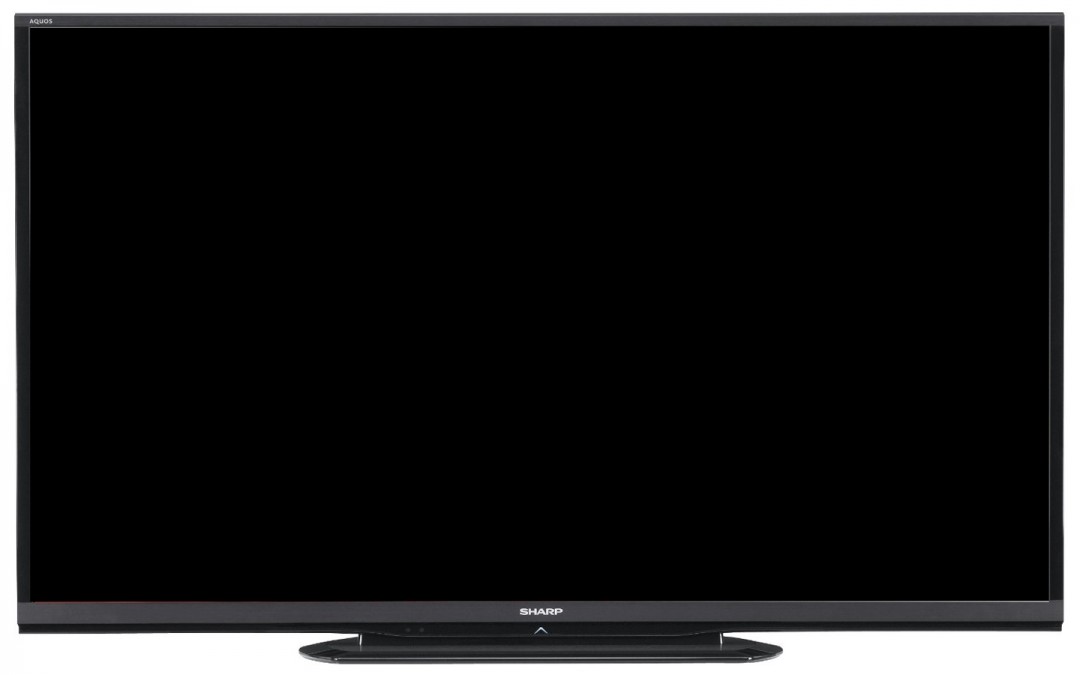With standard-definition TVs, the rule used to be that viewers would feel comfortable watching a set from a distance of 3 to 6 times the screen size in inches. With HDTV, the resolution is so much better that you can sit closer to a larger TV without noticing the pixels. So with HDTVs, the rule tends to be you can sit anywhere from 1.5 to 3 times the screen size (in inches) for the best experience.
These rules have been designed to tell you where to sit in relation to your new TV. Look at it another way: You know the size of the room you have already, where you want to sit, and where your new HDTV should go once you get it. So, which size TV should you get?
Doing the math backwards, you get this formula:
Minimum size= Viewing distance/3
Maximum size=Viewing distance/1.5
Doing that math straight up can give some unusual size numbers, so if we round the math to existing common HDTV sizes we get this handy chart:

If the TV you need for your room is 40 inches or less, a flat-panel LCD TV is your best bet. Between 42 and 60 inches, you can choose between plasma, LCD, or rear-projection sets. Plasma HDTVs tend to be the most popular choice in this size range, as they offer good picture quality and flat-panel allure at a competitive price versus comparably-sized LCD HDTVs.
But if you want to go really big with your TV (it’s OK, don’t be ashamed to admit it), HDTVs up to 65 inches in size may not even be enough. For screens bigger than 70 inches, you need a front projector, also known as a home theater projector or a home entertainment projector. These are just what they sound like; they project the image forward like a movie projector does. The technologies available are the same as for rear-projection TVs. If you buy a home theater projector, be aware that you’ll also need to think about purchasing a home theater projector screen to project onto–don’t cheat yourself out of a true hi-def experience by projecting straight onto your wall. Also remember that home theater projectors don’t come with built-in TV tuners; these are really just for projecting an image. To get TV, you’ll need to hook your projector up to an external tuner and/or DVD player. At this size, seriously consider stepping up to Blu-ray for your movie needs. At the very least, make sure you have an up-converting DVD player. Standard-definition images look pretty poor at really large sizes. You’ll get the most out of a really large video image if all of your equipment is rated for 1080p.
References: What is the perfect size for Your room to HDTV? By xixai available under aCreative Commons Attribution 3.0.
















